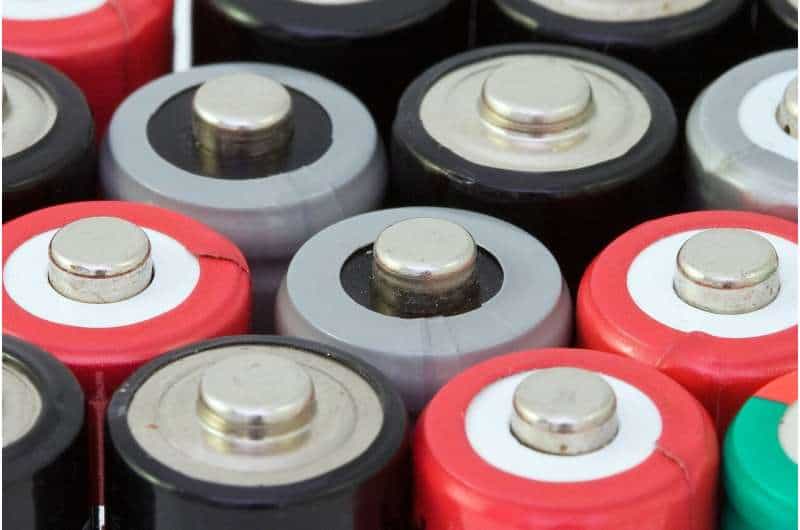As the world’s demand for energy increases, the need for better energy storage devices becomes even greater. One way to address this, and to think about sustainability at the same time, is to turn to organic materials for energy storage batteries. For her Ph.D. research, Xuan Zhou developed computer models to simulate different material options for the cathodes in both lithium-ion and sodium-ion batteries.
The demand for energy is increasing with the growth of world population and economy. Fossil fuels continue to dominate the global energy market, with a significant share of about 84% of world’s total energy use. However, the combustion of fossil fuels can lead to global warming, environmental pollution, and the risk of resource scarcity for the next generations.
Organic electrodes
To tackle the environmental issues and energy shortage, organic ion batteries, in which the cathodes are organic materials, have received increasing attention in research community. They are mostly composed of carbon, hydrogen, oxygen, nitrogen, and sulfur, which can be sourced from biomass.
Meanwhile, organic electrode materials possess a minuscule environmental footprint in their production and recycling processes in comparison with inorganic electrodes. Moreover, organic-based cathode materials exhibit superior specific capacities, chemical diversity, and structural tailorability.
Obviously, the vast chemical space of organic molecules presents an opportunity to design completely new materials for electrochemical energy storage, as well as optimal cathode materials for organic ion batteries.
Driven by the continuing advances in computing power and theoretical methods, high-throughput computational screening is regarded as a powerful accelerator to identify the high-performance candidates from chemical space. The main goal of the Ph.D. research of Xuan Zhou was to accelerate the discovery of organic-based cathode materials for energy storage in rechargeable lithium-ion batteries and sodium-ion batteries. And to achieve this, she and her colleagues turned to computational modeling.
Computational models
To achieve this goal, Zhou developed new computational models and applied different chemical descriptors for redox potential predictions, with the aim of speeding up the quantum chemistry calculations for a large-scale molecular dataset.
After this, Zhou looked at the chemical space of organic quinones and conjugated sulfonamides through the newly emerging machine-learning approach and traditional quantum chemistry methods. She computed the cathode-related properties for the virtual library molecules, and down-selected the virtual library using the computed properties as screening criteria.
Finally, Zhou and her colleagues identified the top-performing organic molecules for both lithium-ion and sodium-ion battery cathodes, which can be directly applicable for conducting the experimental tests. She also studied the structure property relationship to design in a rational manner the cathode materials for the organic ion batteries.
The proposed hybrid computational scheme is useful for both optimum use of computing resources and systematic generation of battery materials data. The generated large-scale database relating to cathode-related properties for almost 200k organic molecules can be applicable for machine-learning training. Zhou’s work is also insightful for implementing efficient high-throughput computational screening and data-driven discovery efforts on a large chemical space of organic materials for organic ion batteries.

